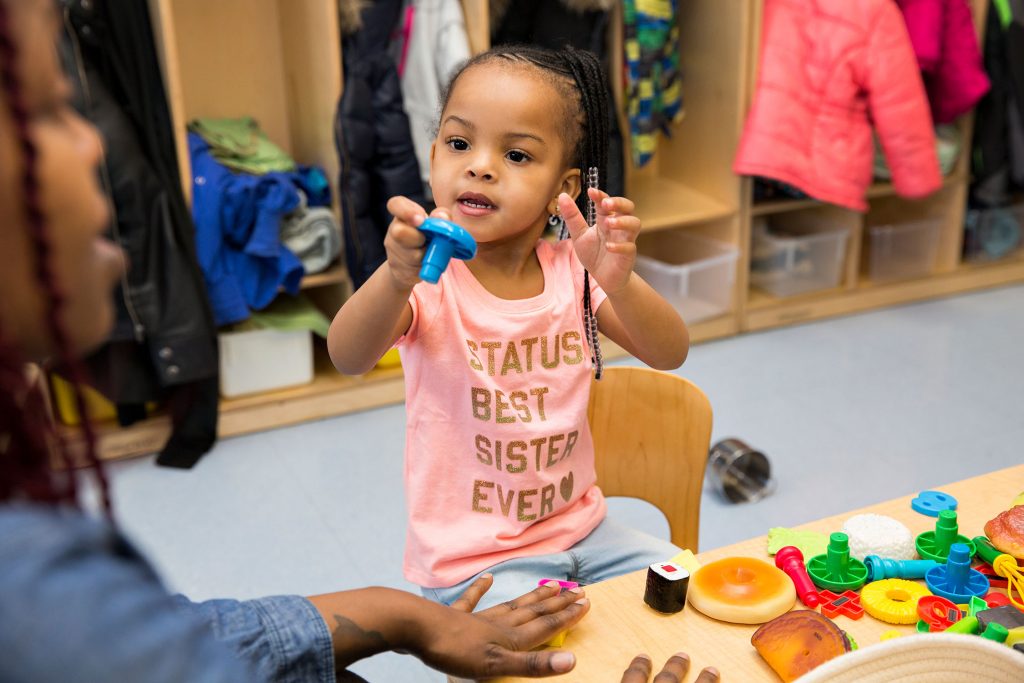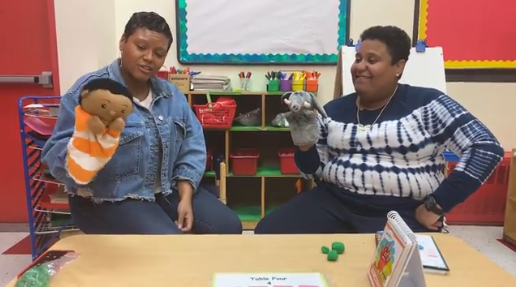Many educators have expressed how their relationships with families have strengthened during remote learning. We have seen how educators and families have collaborated closely during these past months and how these partnerships have been necessary to understand and advocate for children and their families. One area where this is especially important is during the first few months when a child enrolls into an early childhood program. During this time, educators endeavour to gather information about children’s development by using a developmental screening tool.
Screening tools allow educators to identify children who may potentially have developmental or instructional needs within specific domains. However, a developmental screening tool does not diagnose developmental delays or disabilities nor does it tell us where a child might perform above developmental norms. Rather, it will help educators and families identify which children may benefit from further support.
As early childhood programs prepare for blended and remote learning models in the fall, we wanted to discuss the benefits of using a developmental screening approach that centers family input and collaboration. Ages and Stages Questionnaire Third Edition (ASQ-3) is a tool that we are familiar with in our work that we find can help educators and families understand and advocate for their children’s development. ASQ-3 is a questionnaire that is filled out by the family, in collaboration with their child’s educator, and as such creates an opportunity for educators to have an in-depth discussion about the child and their development. The ASQ-3 questionnaire focuses on the following areas:
- Communication
- Gross motor
- Fine motor
- Problem solving
- Personal social
Why do families need to be involved in the screening process?
We know and recognize that families are the experts of their child’s development. Family input opens a window into a child’s home experiences to understand cultural practices and expectations around development and any concerns the family may have. Research has shown that such questions or concerns are highly predictive of child outcomes. In other words, by taking the family’s lead, educators can take these questions to guide how educators observe and monitor the child’s development over time.
Establishing a climate of trust
By adopting a family-centered approach to developmental screening, educators help establish a collaborative climate of trust. From our experience in this work, we recognize that taking a strength-based perspective is integral in this process. A good place to start is to acknowledge that families want to and do give highly accurate information about their children.
We also acknowledge that families are more likely to share openly when:
- their concerns are heard and their perspectives valued and respected.
- they feel they can share about their child’s development openly and without judgement.
- programs and teaching teams promote families’ roles as primary caregivers, teachers and advocates.
Have you used a family-based report for developmental screening in your practice? How has it helped you build connection with families and how do you envision this practice to strengthen as we look toward navigating blended learning models in the fall?
Ivonne Monje and Tatiana Bacigalupe are Screening and Assessment Specialists at the Institute.



